‘The Ballad of Buster Scruggs’ delights in blurring boundaries
In a world of Netflix and Game of Thrones, the small screen can often loom larger than the theater. What we watch is as likely determined by our taste as it is the current selection of a streaming site. It was only a matter of time before feature-length filmmakers started asking themselves how to adapt to the changing market, and this year has seen the release of many excellent films exclusively through streaming networks.
“The Ballad of Buster Scruggs,” directed by artsy superstar duo The Coen Brothers, seems to be the first of such films to embrace the world of streaming head on through both form and content. “Buster Scruggs” guides the viewer through six intriguing tales set in America’s Wild West. Though each tale grapples with bizarre violence and unexpected death, the collection is anchored by elegant camerawork that places contemplation over shock value. It’s a delicate balance and a welcome one.
The tales within “Buster Scruggs” operate like short stories. The Coen Brothers conjure vivid, quirky settings from thin air, drop striking characters into their midst, and allow them to meander their way into sin or salvation. The shots recall storybooks and old-school westerns, accentuating the odd-two dimensional nature of pop-up Western boomtowns. The film’s bold colors, whether illustrating the brilliant golds and greens of a meadow valley or the peeling blue wallpaper of a dark saloon, make the movie a delight to the eye even when it moves slowly.
Yet even when it meanders, “Buster Scruggs” avoids boredom at all costs. It moves with efficiency through each of its tales, utilizing forgotten staples of the American past like freak shows and old-fashioned ‘security systems’ to instill tales with tantalizing weirdness. As soon as a character or setting has served its purpose, the Coen Brothers beckon the viewer onward. Each new story wipes the slate clean. As the tales veer from comedy to tragedy, the viewer rarely has an idea of what’s coming next.
This allows “Buster Scruggs” to tread a little-explored middle ground between television show and feature film. It features several bigshot stars like Liam Neeson and James Franco who are more often seen in theatres than in a series, yet it restricts each to about a half-hour of screen time through the constraints of the short-story format. As such, “Buster Scruggs” can be viewed as a whole or section-by-section. It takes advantage of the streaming service’s freedom of navigation without leaning on it.
The success by which it melds film, television and short fiction into one package is inspiring — “Buster Scruggs” encourages viewers to experiment with storytelling form as much as it asserts the value of old ways of sharing stories. In its final chapter, “Buster Scruggs” sits the viewer down in a carriage to listen to the tales of its five inhabitants. Each character has a story and a worldview to share.
As they bicker, curse and even attack each other, the characters fall deeper into the spell of the narrative until they can no longer differentiate between the stories they’re hearing and the carriage ride they’re currently taking. The magic of “Buster Scruggs” is its ability to entangle the viewer in this very web. “Buster Scruggs” hints that, no matter which form our stories take, there is as much value in sharing them as there is value in moving into the future.

John Darr was a reporter for The Sunflower. His main interests were local art, student life, experimental literature and ambient pop music.



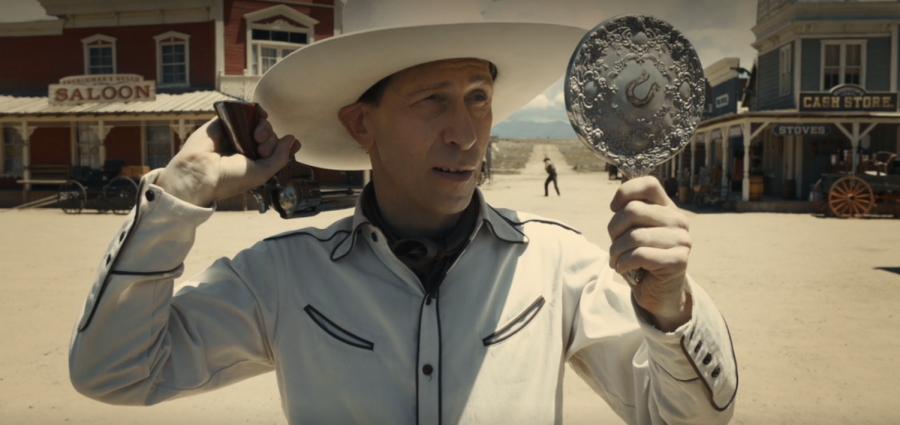
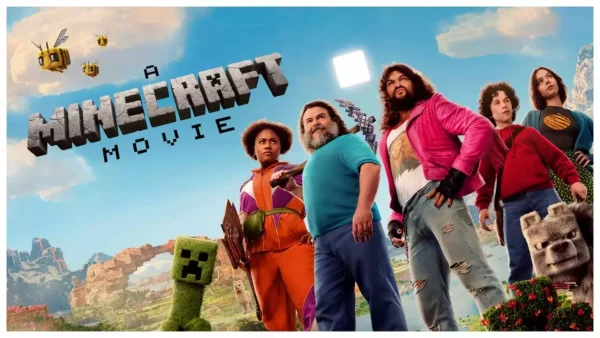
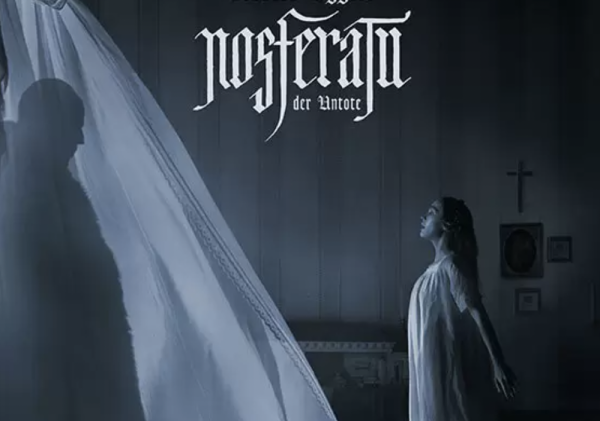
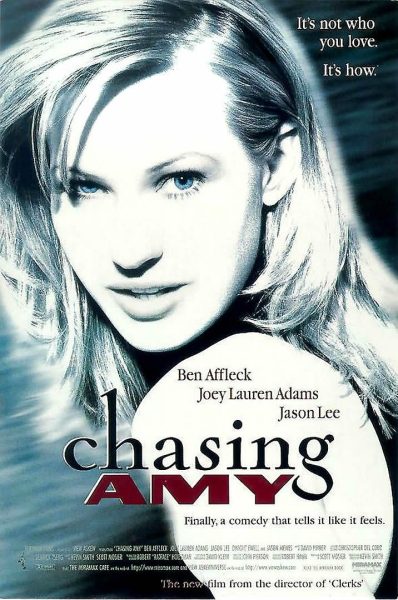
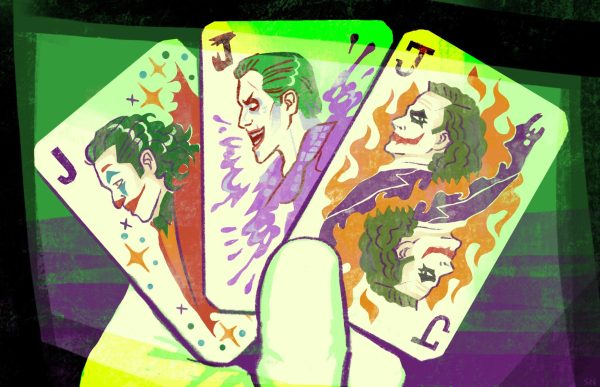
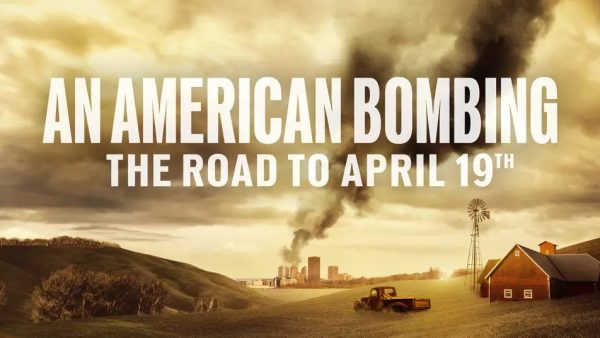
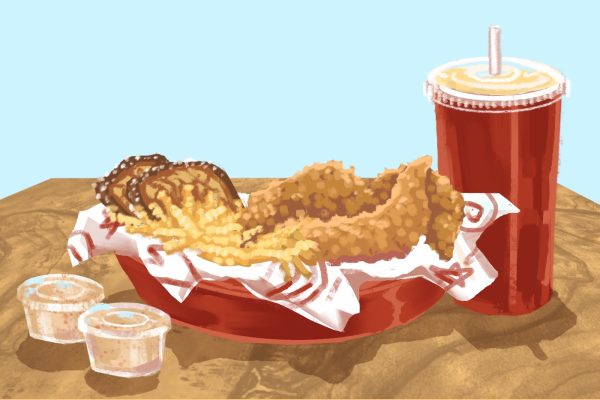
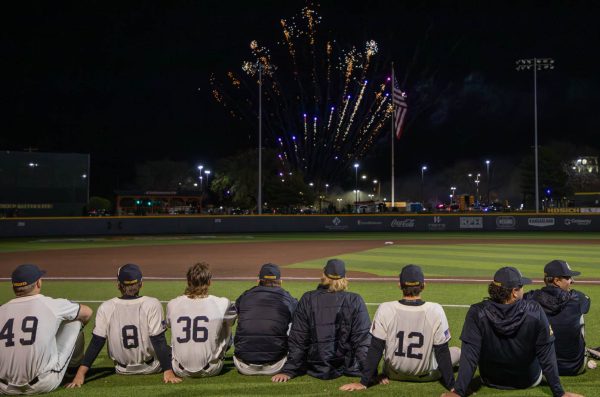



blurry image • Jul 5, 2021 at 3:28 am
Blur background Photo Editor & Shape Blur Background Effect on Photo or blurry image DSLR Effect app to give your photo professional DSLR blurry effect.